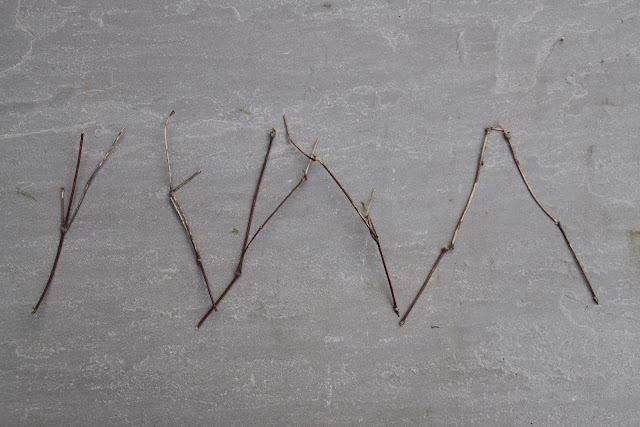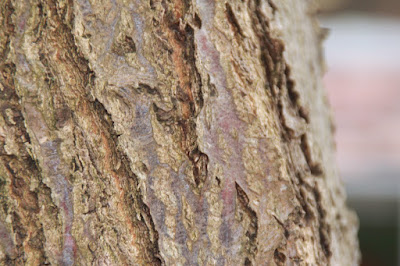A
shape is an area enclosed by a line. It could be just an outline or it could be
shaded in. Shapes
can be either geometric, like a circle, square or triangle,
or irregular. When
drawing shapes, you must consider the size and position as well as the shape of
the area around it. The shapes created in the spaces between shapes are
referred to as negative space.
In this Photograph, Brandt has used light to create a defined negative space. The bright light shining on the woman highlights her and makes her stand out. This photo has been edited into black and white, which deters the eye from being focused on colour and attracts it to the bright woman. The use of the negative space creates a contrast between the woman and the background, which could be connotated with her feeling objectified. The model is the main focus and the only subject in the photograph, and this could reflect the objectification she feels as a vulnerable female. This image could represent the feminist views of Brandt.
(AO:1. You must ensure that several of the visual ideas/inspirations within the image bank are pursued. )
AO1: Develop ideas through sustained and focused investigations informed by contextual and other sources, demonstrating analytical and critical understanding.
AO3: Record ideas, observations and insights relevant to intentions, reflecting critically on work and progress.
AO2: Explore and select appropriate resources, media, materials, techniques and processes, reviewing and refining ideas as work develops.
AO4: Present a personal and meaningful response that realises intentions and, where appropriate, makes connections between visual and other elements.
Shape image bank:





Artist Research: Andy Goldsworthy
Andy Goldsworthy is a British sculptor. photographer and environmentalist who produces his art in naturalistic settings. His work is hugely recognised and he has won many awards due to his art. Due to him working with naturalistic elements, he cannot edit the materials he uses, making his sculptures authentic. Below are examples of some of Goldsworthy's best works:





The denotations of Goldsworthty's works are all naturalistic. These include stones, sticks, leaves and water. There is also a pattern or shape in all of his sculptures. Therefore the connotations of some of his works could include quite spiritual meanings, such as the belief that nature is beautiful and the idea that life is set out by a more powerful force than humans. As well as this concept, we see a lot of stones and rocks used, as well as the illusion of a tree glowing from within, suggesting that nature is powerful and giving ideas of strength within it.
Below are pictures of the sculptures i made that represent Andy Goldswrothy's work:
Pictures to improve:
To improve these images, I should adjust the camera settings, such as the aperture, to let in more light to the frame. I should also try to improve my camera set up. Maybe by using a tripod, the camera would be steadily at the angle preferred and incidents such as my hair getting into the shot wouldn't occur.
Best Pictures:
I believe that these images were successful as they clearly show inspiration from Andy Goldsworthy and they portray similar connotations. Naturalistic materials have been arranged in different aesthetically pleasing ways that display the beauty and strength that nature holds. The camera used was a Canon EOS 50D with the settings at f\\8 and 1/500".
Editing Processes and Final Photos:
Editing Processes and Final Photos:
Overall Analysis:
In conclusion, I think that a lot of my photographs were successful in reflecting styles of Andy Goldsworthy and exploring Shape through photography. To take these pictures I first had to create the sculptures. Using raw materials like stones and leaves made it hard to achieve an eye pleasing model as some stones were chipped and leaves were ripped. Having materials that cannot physically be changed made it more challenging to arrange them to look aesthetically pleasing. Taking the actual photographs, i explored using a few different angles. This can imply more power on the naturalistic elements. If i was to revisit this topic, I may consider editing my photos further into black and white. This would benefit the photos as the colours in them can distract the main focus of shape to being on colour. A shape I created was a circle. This is because circles have many connotations. One is strength. I wanted to signify the strength and significance that nature holds. I also chose a circle because it can represent the circle of life, either within nature such as trees (Spring, Summer, Autumn and Winter), or of human life. In the editing processes, I erased any bits of dirt around the subjects as again, working with raw materials cannot be edited in person and there will therefore be unwanted marks around the focus of the photograph. I also adjusted the brightness, contrast, saturation and sharpness of the photograph using a variety of tools on photoshop. This was to give the photographs a clean and bright finish.





































































